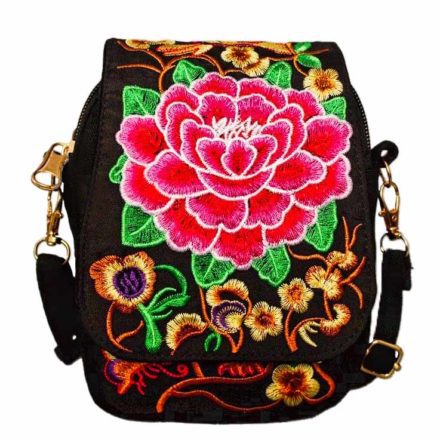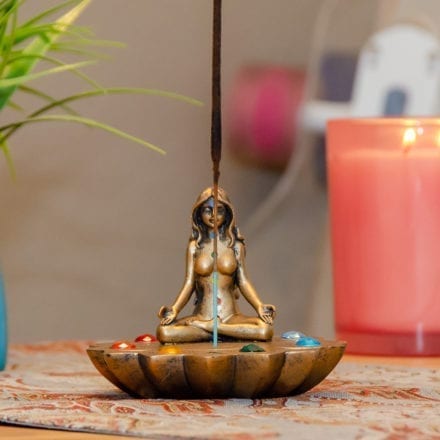The Tree of Life is a powerful and enigmatic symbol, representing various aspects of existence and spirituality across diverse cultures, mythologies, and religious traditions. Its meaning varies, but it generally signifies the interconnectedness of all living things, the cycle of life, and spiritual growth. In this article, we will delve into the Tree of Life’s symbolism, explore its meanings in different cultures, and discover its significance in various spiritual contexts.
1. Eternal Life and the Continuation of Life after Physical Death
In many traditions, the Tree of Life symbolizes eternal life and the continuation of life after physical death. It is often associated with the concept of the soul and the promise of eternal life through faith in a higher power or divine entity.
2. The Cycle of Life and the Unity of All Living Things
The Tree of Life also represents the cycle of life and the unity of all living things. This symbol embodies the interconnectedness of all life forms and emphasizes the dependence of life and death on each other. It is often depicted as a tree with branches representing various aspects of existence, including the physical, mental, and spiritual aspects of being.
3. Spiritual Growth and Connection to the Divine
The Tree of Life is frequently used as a symbol of spiritual growth and the journey toward enlightenment or union with the divine. It represents the divine connection between the physical and spiritual aspects of the universe, ultimately symbolizing the balance and harmony of the cosmos.
4. Tree of Life in Kabbalah
In the Jewish mystical tradition of Kabbalah, the Tree of Life is a diagram that represents the ten Sefirot or channels of divine energy and spiritual practice. The Tree symbolizes the structure of the universe and the various aspects of God’s nature and manifestations in the world. By studying and contemplating the Tree of Life, practitioners can gain a deeper understanding of the divine nature and the universe, ultimately becoming more connected to the divine.
5. Tree of Life in Christianity and the Bible
In Christianity, the Tree of Life appears in various contexts and teachings. It is often seen as a symbol of salvation and eternal life through faith in Jesus Christ. The Tree of Life in the Garden of Eden is described as a source of eternal life in the book of Genesis. In the book of Revelation, the Tree of Life is depicted as a tree that grows in the New Jerusalem, symbolizing the ultimate fulfillment of God’s promise of eternal life and salvation.
You may also like…
6. Tree of Life in Sacred Geometry
Sacred geometry is the study of geometric shapes and patterns and their spiritual significance. The Tree of Life, in this context, represents the structure of the universe and the interconnectedness of all living things. It is believed that the Tree of Life diagram encodes the blueprint for the creation and evolution of the universe and the various aspects of existence.
7. Tree of Life and Energy Chakras
In Hindu and Buddhist teachings, the Tree of Life is sometimes associated with the concept of chakras, which are energy centers in the human body. The branches of the tree can represent the various chakras, and the roots symbolize the connection to the divine or spiritual source. The Tree of Life signifies the integration of the physical, emotional, and spiritual aspects of the self and the balance that can be achieved when the chakras are in alignment.
8. Tree of Life in Buddhism
In Buddhism, the Tree of Life is often associated with the interconnectedness of all living things and the cycle of life. The concept of “Three Roots” in Buddhism relates to the three main objects of devotion: the Buddha, the Dharma (Buddhist teachings), and the Sangha (community of believers). These three roots are believed to provide support and nourishment for spiritual growth.
9. Tree of Life in Hinduism
In Hinduism, the Tree of Life is often associated with eternal life and the cycle of birth, death, and rebirth. The Tree of Life is sometimes depicted as a tree with branches representing different aspects of existence, including the physical, mental, and spiritual aspects of being. It is often associated with the god Indra, the king of the gods and the ruler of the heavens, who is believed to be the guardian of the Tree of Life.
10. Tree of Life in Ancient Cultures
The Tree of Life appears in various ancient cultures, such as Egyptian mythology, where it is often associated with eternal life and the cycle of life. In the Norse tradition, the Yggdrasil Tree connects the Nine Worlds of the cosmos and is crucial for the well-being of the entire world. In the Mayan culture, the Yaxche, a massive ceiba tree, symbolizes the connection between the heavens, the Earth, and the underworld.
11. Tree of Life in Popular Culture and Art
The Tree of Life has inspired countless artists across various forms of media, including literature, film, music, and visual arts. It is often used as a symbol of the interconnectedness of all living things and the unity of the universe. The Tree of Life is a popular subject in art and is depicted in many different styles and media, representing the diverse interpretations and meanings of this enigmatic symbol.
In conclusion, the Tree of Life is a rich and complex symbol that encapsulates a wide range of meanings and interpretations across different cultures, mythologies, and spiritual traditions. It serves as a reminder of our connection to the world around us, the divine, and the cyclical nature of existence. By understanding and embracing the Tree of Life’s various aspects, we can foster a deeper connection with ourselves, the universe, and the spiritual realm.










